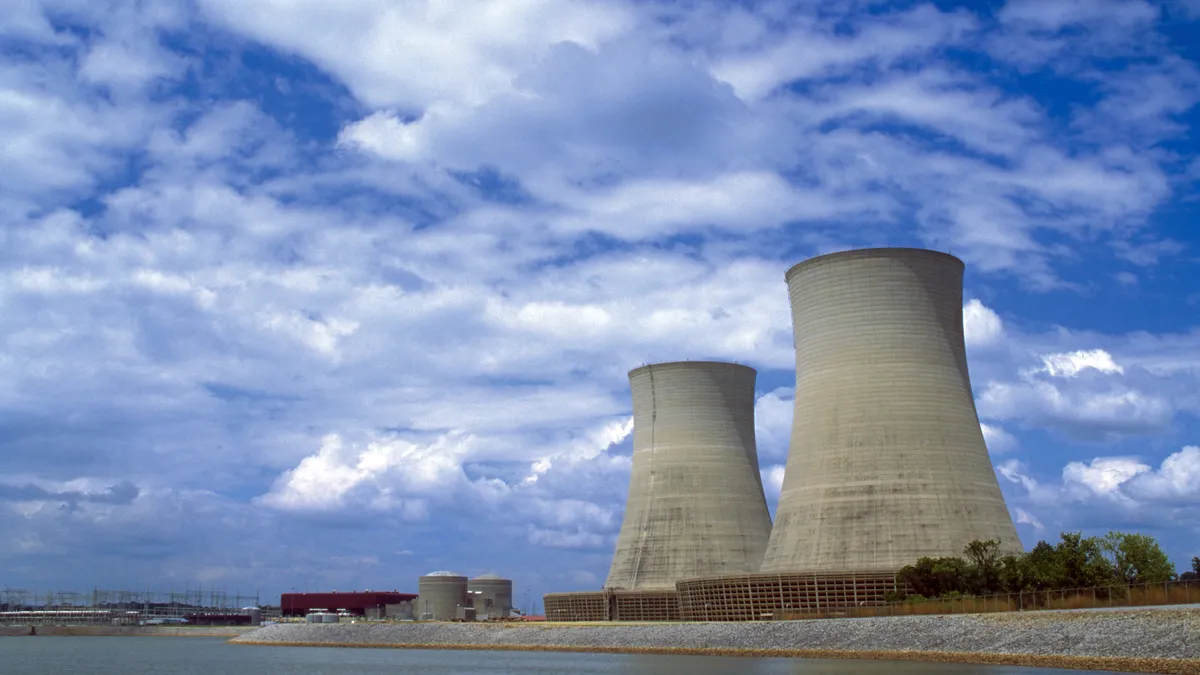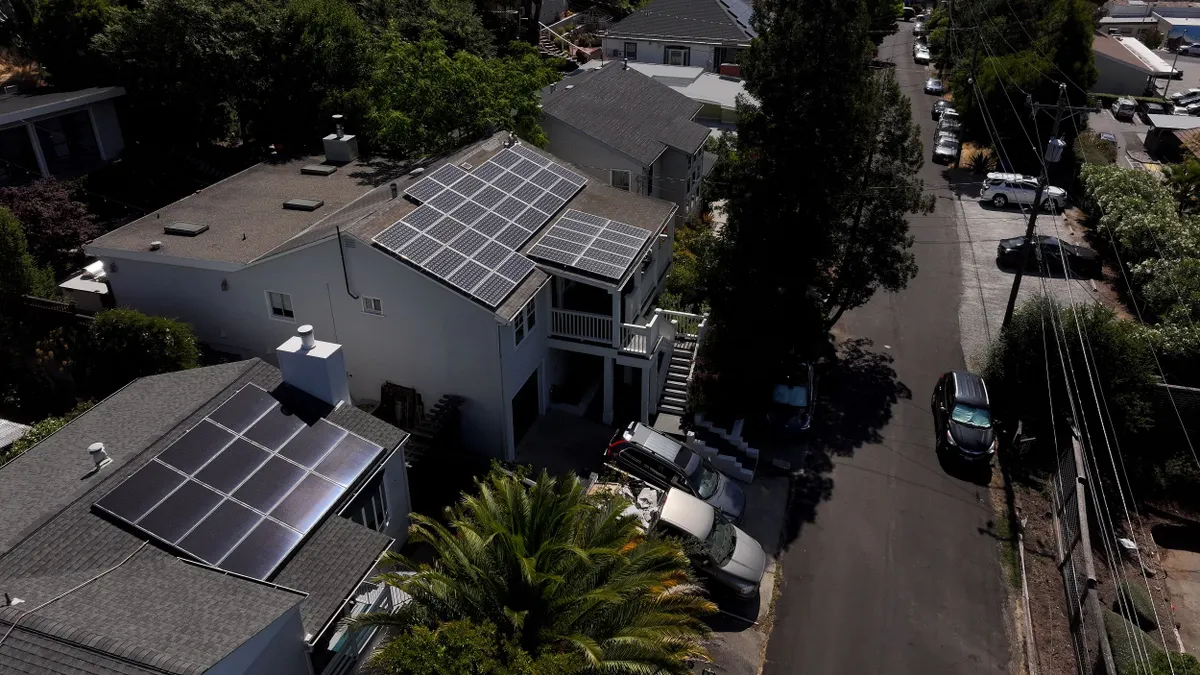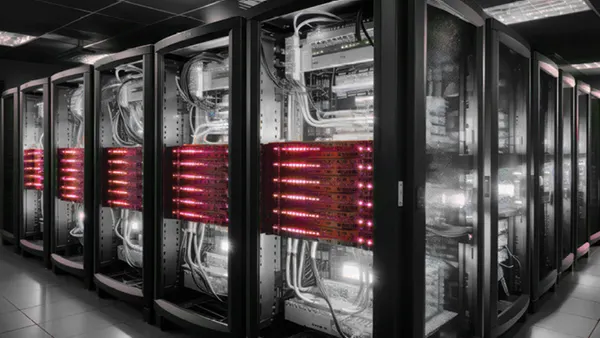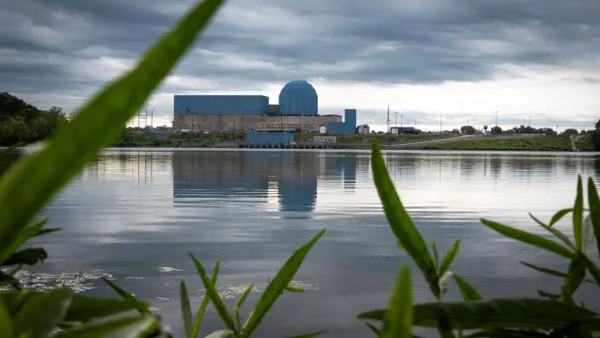Dive Brief:
- Duke Energy said it has doubled, and even tripled, the incentives in some of its energy efficiency and demand response programs for customers in South Carolina, citing rising consumption and a recent state law that codified the public interest of such programs.
- On the residential side, the changes, which went into effect in August, include free home energy assessments, home improvement rebates and increased bill credits for shifting energy use, the company said in a news release. The utility also increased capacity credits in its commercial offerings, including a voluntary large customer load curtailment program where credits rose from $3.50 to $5 per kW for decreasing energy use.
- In a statement, Tim Pearson, Duke Energy's South Carolina president, nodded to the recent enactment of the South Carolina Energy Security Act, saying the state's leaders “have also signaled the importance of these types of programs and offered a roadmap for us to potentially expand similar offerings in the future."
Dive Insight:
South Carolina’s law, signed in May, directs regulators “to require utilities to plan for and invest in all reasonable, prudent and available” energy efficiency and demand-side management resources, and to submit annual reports on the results of their efforts, according to a note from law firm McGuireWoods.
Duke spokesperson Logan Stewart suggested in an email that the company had its own reasons to expand the programs.
“We have experienced several heat waves in the Carolinas this summer, and actually set a preliminary new combined utility system summer usage record of 35,269 MWh on June 24, 2025,” he said. “Both residential and business customers have participated in our demand response events throughout the summer allowing grid operators to manage the balance of generation and load. On the residential side this included the curtailment of systems including thermostats, batteries, water heaters, and on the business side this included thermostats curtailment.”
Stewart said Duke has approximately 453,000 customers participating in its demand response programs in North Carolina and about 87,000 customers participating in South Carolina.
Duke is not the only utility emphasizing efficiency and demand response as the country sets new records for energy usage and peak demand.
Constellation Energy recently announced a partnership with GridBeyond to use the latter’s “AI-powered predictive analytics” to help customers reduce energy use during peak periods.
“Beyond the cost savings, DR also helps solve an urgent problem for grid operators and power generation owners: how to meet rising demand for reliable energy at a time when, outside of a handful of peak hours, the grid is vastly under-utilized,” the company said in a July 31 news release.
The program could reduce strain on the grid when energy supply is tight, “lowering costs for all energy consumers and reducing the need to build new, expensive and unnecessary generation facilities,” it added, citing a study by Duke University on integrating large flexible loads.
Liz Williamson, a spokesperson for Constellation, said in an email that the company’s demand response programs are available to all Constellation commercial and industrial customers in PJM and ERCOT.
“By participating in these programs, customers cut costs by reducing their exposure to scarcity pricing and peak demand charges, while also getting paid by the grid operator in exchange for reducing stress on the grid, which lowers costs for all customers,” she said.















